Leaderboard
Popular Content
Showing content with the highest reputation since 10/23/2025 in Posts
-
5 points
-
4 points
-
4 points
-
It's a 'wound star' - I guess the equivalent of the Purple Heart. He got shrapnel in his eye at Monte Cassino and had to be operated on in the field. (Later went to an optician in London who turned out to have been his surgeon).3 points
-
I think any coin person would have recognised it instantly and been able to find the exact type based on the details that can just about be made out. I'm pleased that I was better at it than millions of dollars of silicon valley AI power. I must admit though, I did use google lens to identify something the other day. 😉 I haven't been that active on the forum for quite a while, and do you know what, it's good to be back!3 points
-
I decided to have a quick look at the long cross after all. I think the reverse legend is ERO/NEV, so the full legend would be REN/ERO/NEV/ERW (RENER ON EVERW) That would make it moneyer Rener, York mint. Class IIIb-IIIc3 points
-
Firstly, all short cross pennies have the name HENRICVS on the obverse even though they cover the reigns of Henry II, Richard, John and Henry III. The coins are divided into eight classes using a number of distinguishing factors and thereby into date and king order. Short cross pennies are my main field of interest so I'll have a go: The first reverse reads AN.ON.NO That and the style of the portrait means it can only be Iohan (moneyer), Norwich (Mint), so Class 5, circa 1206-7, King John. I'm not sure of the sub-class, but the obverse letters (EX together and type of X) would indicate 5b1 or 5b3) as possiblilies.The full reverse legend would be +IOHAN.ON.NOR The second is a bit more difficult, but I think it reads ERD:ON:C (at first I thought it was ERN, but that doesn't make sense). That would make the moneyer and mint Roberd, Canterbury. The colons either side of ON mean that it is almost certainly class 4a* under King Richard. The full reverse legend would be +ROBERD:ON:CAN The third is much more difficult. The reverse legend is OR+ and that's about all I can read, so you have the last two letters of the mint. That would indicate Norwich or Northampton mints. The obverse portrait indicates an early type, so class 1,2 or 3, which rules out Norwich. So I'd say it's Northampton, which also rules out class 2. I think that the mint signature of NOR limits the possible moneyers to Reinald, Walter, Willelm, Ravl or Roberd. I think the first letter of the moneyer could be a W or R, which won't help. The forth is long cross and not really my field of interest, although I do have a few in my collection.3 points
-
3 points
-
Hello everyone. I'll see about getting the forum software and all the stuff it relies on upgraded to the newest versions at the weekend. There may well be some hiccups along the way, but in the end it'll be worth it I'm sure. Thanks for your patience.3 points
-
Hello 🙂 thank you for letting me join the forum. I've been reading through the various posts for the last few weeks. I have recently inherited a number of coins; some of which have been fairly well looked after, some of which are in old, damp albums and some of which are rattling around in boxes and tins. I hope you won't mind me posting a few on here every now and again as I start to sort through them all 😊. At first glance it looks like some of them might be worth a little bit and others are worth nothing more than the enjoyment of looking at them and learning about them. A lot of the ones in albums have gone green! Hopefully there's a photo attached of the better of the storage containers. The coins in these containers are in little velvety trays. Hopefully this all posts correctly! Thank you 🙂.2 points
-
To add more - the 1900 Crown is quite common and not rare. On the edge you will see the words ANNO REGNI followed by Roman numerals - for 1900 these will be either LXIII or LXIV for the 63rd or 64th year of her reign. They are of equal scarcity but interesting. In that condition probably £40 to £50 in the current market. The Florin 1887 is the most common year for Jubilee head florins as it was the first year of this design and a great many were put aside. Condition is better but probably £20 to £25. The shilling 1897 is probably the nicest coin and the most collectable grade - the same value as the florin. All in my humble opinion - others may say different.2 points
-
Both of you are now Enthusiasts, which I know is also below your standing. The default ranks are a bit odd, they go: Newbie, Rookie, Apprentice, Explorer, Contributor, Enthusiast, Collaborator, Community Regular, Rising Star, Proficient, Experienced, Mentor, Veteran, Grand Master. I can change the names and points required, add more etc.2 points
-
2 points
-
Aaw thank you 🙂 that acetone tip sounds like a good plan! The old albums are definitely from the 80's because I used to help put the coins into them as my share of the hobby! Some of the coins from the cabinet look absolutely gorgeous - I'm going to do a bit of research to try to figure out what they are and then probably share some photos on here as they're so beautiful to look at 🤩 there's a nice variety of well loved coins (ie pretty worn out!) and barely touched coins. Thank you again!2 points
-
Hello. Certainly a nice looking coin cabinet. I hope the content is equally high-end! The greenness is caused by PVC, which was a common constituent of plastic coin albums from the 60s to 80s (and sometimes beyond). You may be lucky and be able to remove the mess with acetone, which won't harm the coins.2 points
-
2 points
-
2 points
-
2 points
-
You should be able to get acetone from any builders merchants. Jewson, Selco etc....1 point
-
1 point
-
1 point
-
1 point
-
I am not good on all the detail, but seems to be Henry VI Groat minted in Calais. I leave the precise variety to others! The middle circle on the reverse reads "VILLA CALISIE" which is Calais.1 point
-
Not bad. Coincidentally, those are IMO textbook examples of a normal circulated coin (around Fine) - the crown, a mid grade coin (around VF) - the florin, and a higher grade coin (around EF) - the shilling.1 point
-
Here’s a recent find I thought I should share with the group. 1701 halfpenny with an obverse reading of IERTIVS for TERTIVS and, as far as I know, previously unrecorded. My initial, and obvious, thought was die fill on the crossbar of the T, but on closer inspection I see no evidence of a bar, and the letter is an exact match for the I in GVLIELMVS but not the second T in TERTIVS.1 point
-
Anyone with a correctly spelt legend on William III obverses, please make yourselves known now. It seems easier to find an error than a correct legend in this time period. Yet another to add to the list.1 point
-
As a tip on getting surgical Acetone - chemists sell it but at very high price for very small quantities. You can order it online for a small fraction of the money.1 point
-
1 point
-
1 point
-
Me too! I am not sure what level I should qualify for, but "newbie" sounds a bit naff.1 point
-
Make sure it’s the surgical/household acetone, though, not the stuff you clean your nails with, as these mostly have moisturisers +\- other products added to them.1 point
-
If you could, please! Newbie suggests a little greenness or inexperience, I fear...1 point
-
Yes - a circumferential die crack. The tops of letters were particularly vulnerable points for this. The other type of die crack is called radial which emanate outwards like "spokes"1 point
-
1 point
-
Sticking my neck out even further, looking again at the third short cross I think that the first letter of the moneyer isn't an R (it doesn't look at all like the R of NOR), but it looks (more) like a W. Then the letter before the cut, which would probably be the third letter in the moneyer's name) looks like the foot of an L. So that leaves Walter and Willelm, with Willelm class 1a or 1b being the most likely because the L of Walter usually occurs in the second quarter of the coin rather than the first. Oh and it's Henry II. I don't think I can get much further with this one...1 point
-
1 point
-
There's also a 'MID' leaf on the miniatures, but not on the full size. But if that's how they got to you, assuming your grandfather is no longer with us, then probably best left as they are.1 point
-
1 point
-
Can I discern HADRIANUS for Hadrian on the one of the right? Looks like him if my memory is correct. The one on the left, Maybe Trajan?1 point
-
No, not a threepence, it’s a threehalfpence. Coys is right, though, you definitely need a set of scales. 👍1 point
-
A member since 2005, I got my one year badge too. At that rate, I'm only a bit more than 3.5 years old1 point
-
1 point
-
It was supposed to be a simple case of copying some files from here to there and then running an 'upgrade' script, but of course it became an 8 hour ordeal just to get things into a state where it would even allow me to run the upgrade script, with just blank failure shown on screen and mostly unhelpful messages if at all. Emails to and from my host and a support request with the Invision forum people, plus me baffooning around trying to change random settings that I read online had helped for a bloke called Keith in a similar but different situation and here we are! It's all upgraded so hopefully it now works flawlessly in every respect. What definitely no longer works in the rest of the predecimal.com site (from the root, i.e. without the /forum bit). That wasn't really doing much and the aim is to now move the forum over to the root so that predecimal.com is just the forum. I'll also change that old banner stuff at the top and maybe add some extra info about predecimal.com, but first, let's see how all this new software and stuff works.1 point
-
Bring them to the Huddersfield Coin Fair tomorrow morning and I will see what you have. Starts at 9:30 at the Cedar Court Hotel at Ainley Top just off the M62, junction 24. Map. Entry is £2. We are in the room looking out through the big window on the front of the building. I'm RP Coins, and my table 24-25 is the last one on the row turning left just before the window. 32 dealers there tomorrow at the last count, so plenty to choose from if you decide to sell elsewhere. Hopefully see you tomorrow. Rob1 point
-
I am in the South West, so a bit too far away to offer direct help. Maybe someone else on here will volunteer. As a starting point, the bullion value of your sovereigns is around £727 each at the moment. If they are in particularly good condition or a rare date, they may make more. If you sell them, most dealers would want to pay less than that as they can only sell them to collectors at bullion most of the time, and they need to leave a margin. (Many Jewellers are particularly tight, usually offering only half bullion value!) Maybe the "Yorkshire Auction House" featured on the TV might help? They have a resident coin expert. On the gradings you have got, bear in mind that "Good" in coin terms is almost derogatory. Collectors for modern coins will mostly only start at Very Fine or better. P1 point
-
You really need a set of jewellery scales. EBay have loads for less than £5. A cheap vernier caliper would also be useful for measuring your coins. Also £5-£6.1 point
-
Not a penny as it is dated. Can't determine denomination without other measurements ideally weight, but certainly diameter.1 point
-
Yesterday, Noonan's sold an F13 penny with repaired E's. It was also the "short sea" variety described on Page 14 of John Jerrams' booklet on Bun Pennies. The mutliple repairs to letters and the linear circle are distinctive of this variety.1 point
-
wow many thanks, this has been a great help...although it starts a new page of Foreign hammered coins that I have mixed in with the British Hammered coins. once again this has been a great educational help...all the very best "H"1 point
-
1 point
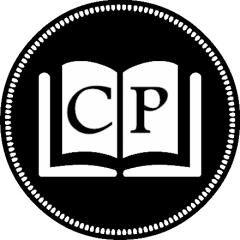
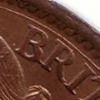
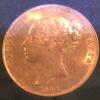

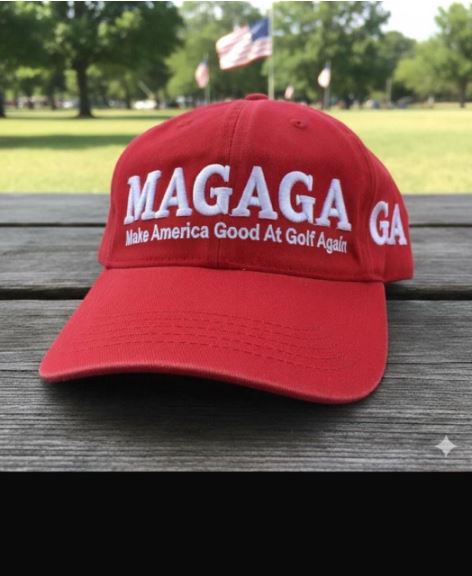
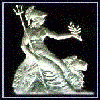
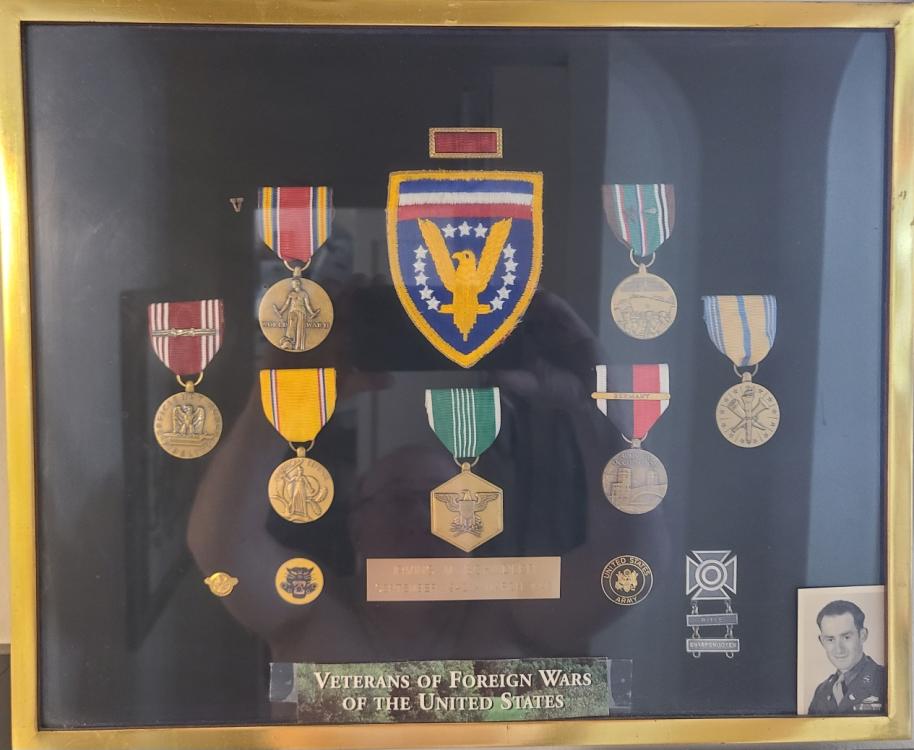
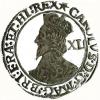

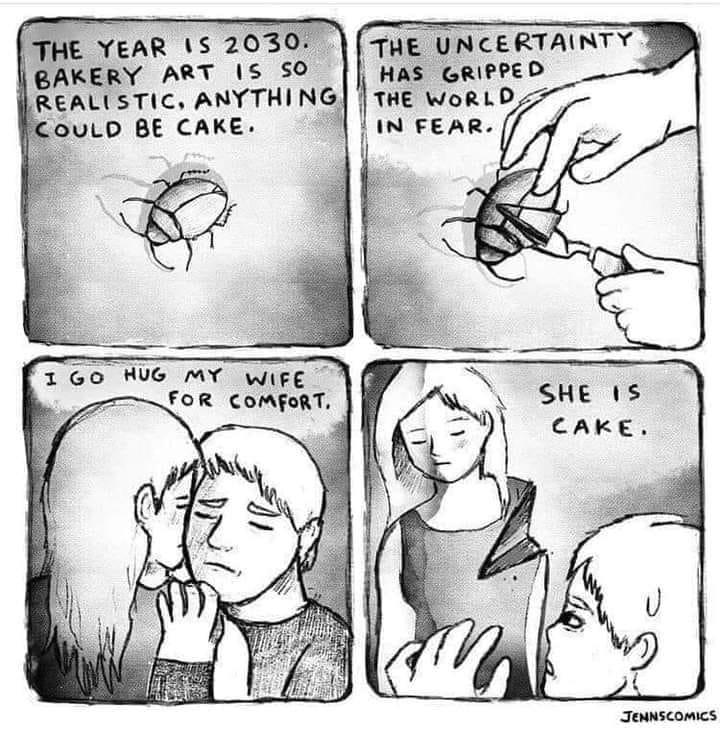
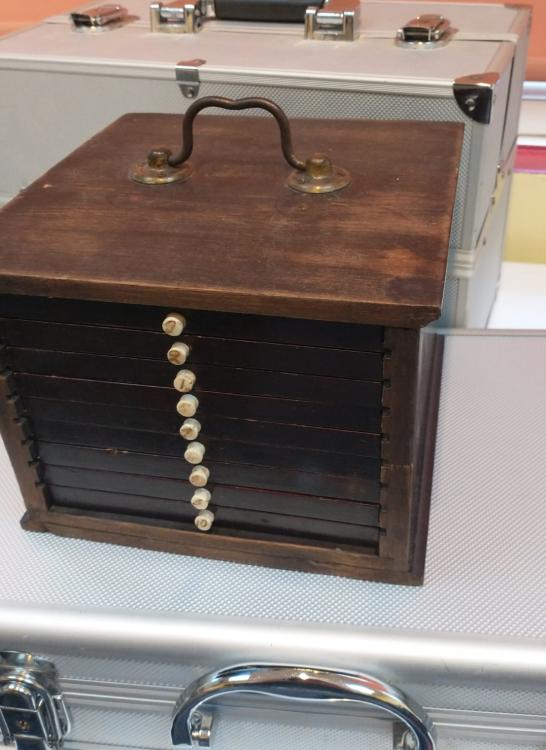

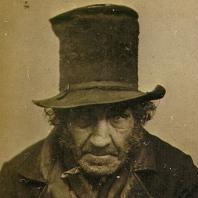
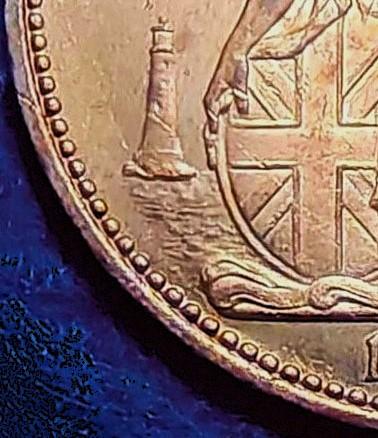
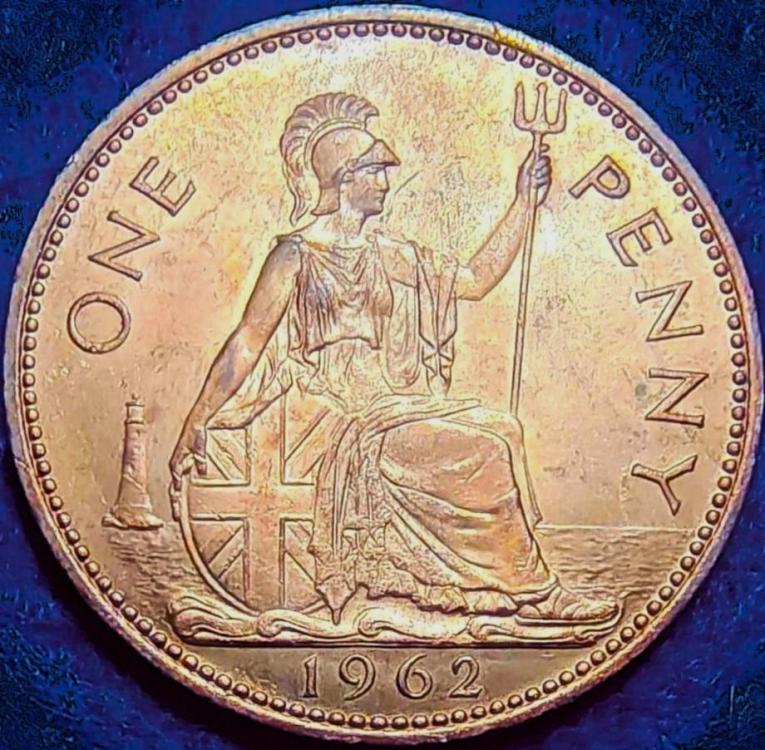


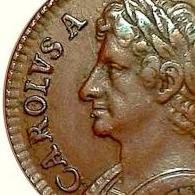
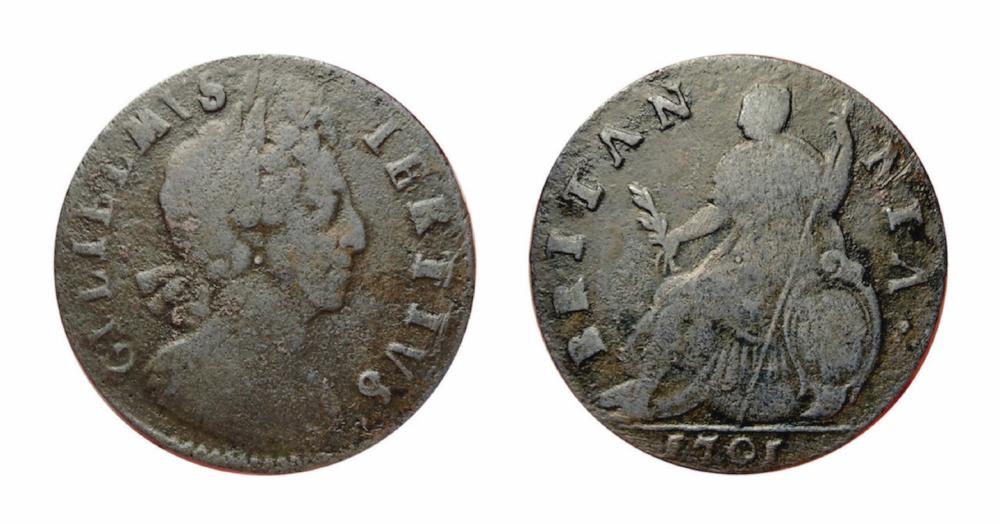

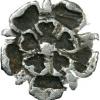

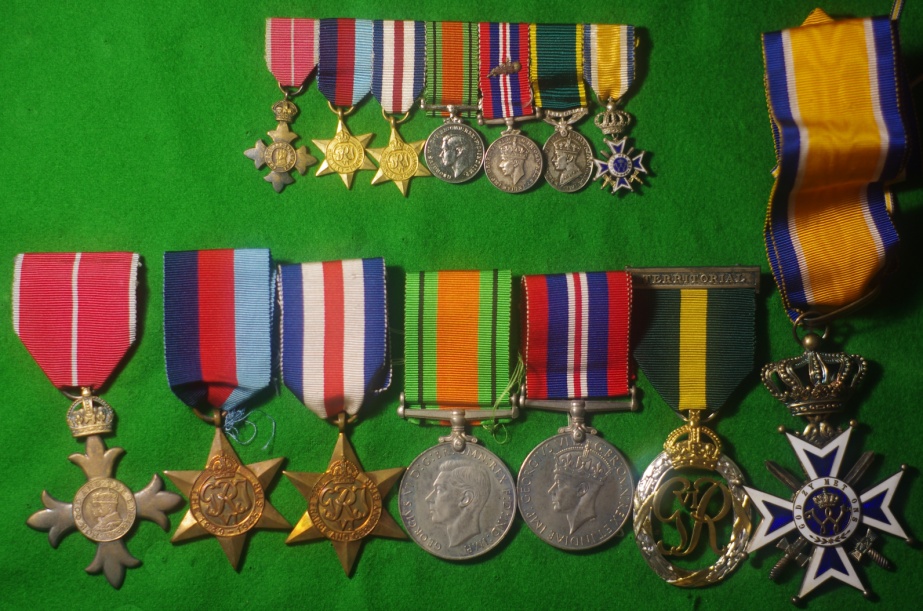


.thumb.jpg.34e878ba6e4b32eaea19cbc8fa0942f5.jpg)